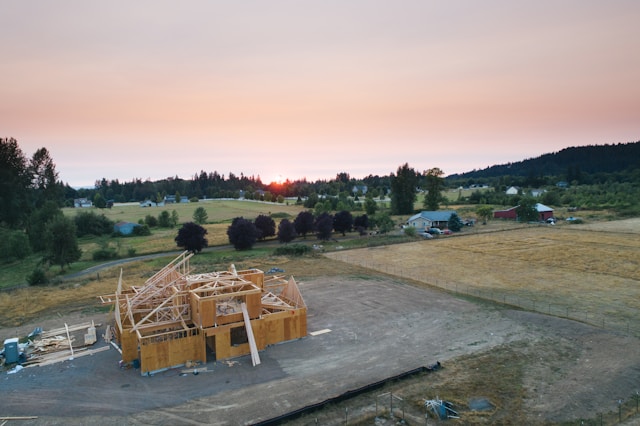Cheap rentals are rapidly disappearing from Australia’s major capital cities as demand for rentals shifts back to urban centres.
Low-cost rentals disappeared from regional areas more quickly during the COVID-19 pandemic, but new PropTrack data shows inexpensive rental accommodation is now vanishing from the capitals at a faster rate.
The share of dwellings advertised on property site realestate.com.au across Australia’s capital cities for less than $400 has sunk from 31.5 per cent in February 2022 to 14.6 per cent last month.
Across the regions, that share has fallen more modestly from 37.8 per cent in February to 25.9 per cent 12 months later.
PropTrack’s Cameron Kusher said demand for rentals was outpacing supply, driving up weekly rents and keeping vacancy rates low.
“As a result, there has been a significant reduction in rentals available for less than $400 per week since the onset of the pandemic,” he said.
Overall, the share of advertised rental listings on the property site below $400 a week has plummeted to its lowest level since late 2018.
The share has fallen from 32.8 per cent in February 2022 to 17.6 per cent 12 months later.
“The fall in the availability of more affordable rentals and the surging competition for rental stock is creating challenges for those on lower incomes or government support payments as they try to source increasingly scarce rental accommodation,” Mr Kusher said.
He said demand for rentals was expected to rise and keep upwards pressure on prices.
A separate report released by CoreLogic reveals the gap between home ownership according to gender.
Home ownership tends to be higher for men than women, with men associated with 3.1 per cent more of the housing stock than women.
The discrepancy widens for investment properties, with men owning seven percentage points more of Australia’s investment properties than women.
CoreLogic head of Australian research and report author Eliza Owen said were several factors holding back female home ownership, including that men, on average, earn more than women.
“In past reports, we have noted the role of the gender wage gap potentially contributing to women falling behind on asset accumulation, particularly where it may take women longer on average, to accumulate a deposit for a home,” Ms Owen said.
Poppy Johnston
(Australian Associated Press)




